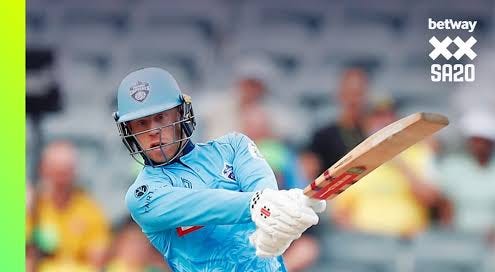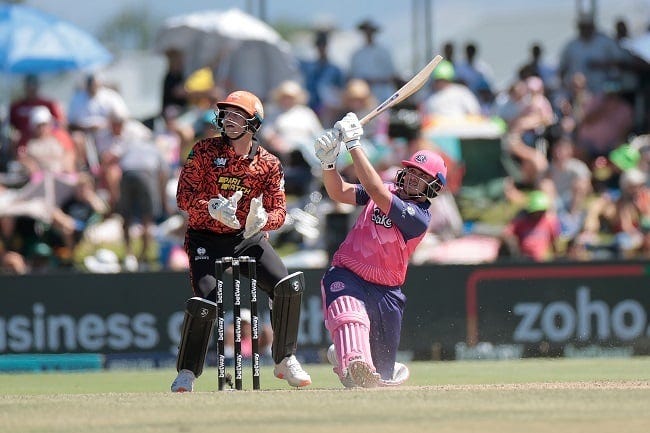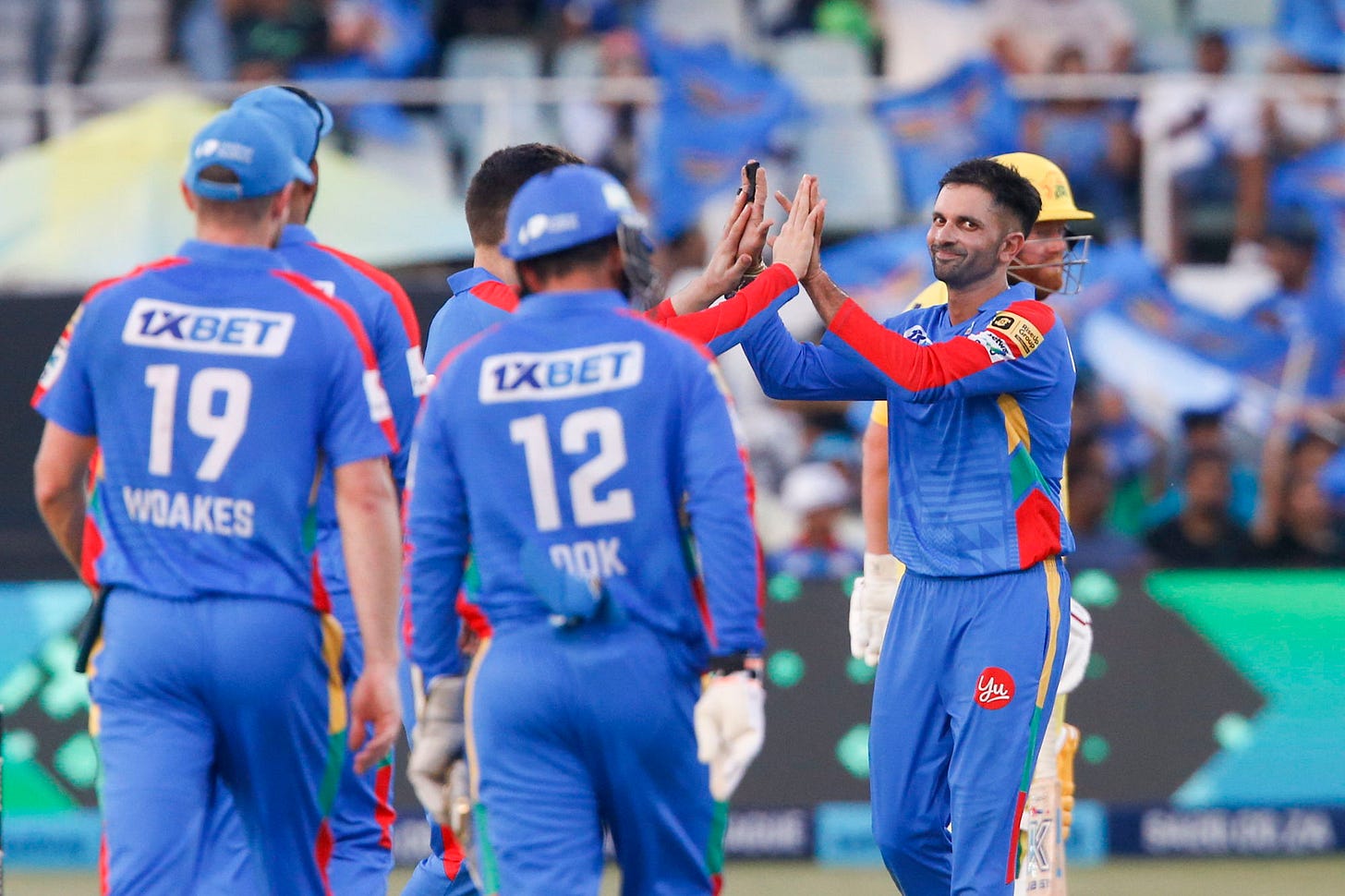The SA20 is a success which the country as a whole, even those who don’t particularly care for or about cricket, can enjoy and feel proud about. It may not provide an entirely accurate view of the country, but it’s a window which provides an uplifting view for those watching around the world.
One of the problems with hosting a great party, however, is the effect it has on those uninvited, of whom there are plenty. The six franchises have around a dozen local players each – roughly 72 out of approximately 240 male professionals. That leaves a lot of uninvites, many of whom are too old or unsuited to parties, but plenty more who may feel scorned and rejected.
It’s a familiar issue with franchise tournaments in every country which hosts them. They can breed resentment amongst the rank and file, especially with an often irrational desire to sign overseas players who aren’t necessarily any better than locals and are often in the twilight of their careers.
That’s not to suggest for a second that players like Roelof van der Merwe, Leus du Plooy, Imran Tahir and David Wiese aren’t great value for the tournament, because they are. But their presence can exacerbate division. Still, that’s a reality of professional sport. Franchise teams will do whatever they believe is best to win, today, and aspirant youngsters will just have to get better – at least they have 18-year-olds Lhu-andre Pretorius, Kwena Maphaka and Steve Stolk as living proof that youth is no barrier to the big time.
But there is another issue with getting better. Six of South Africa’s eight Division One teams have their grounds and facilities taken over by their SA20 IPL franchises from around mid-December, so where do the players unattached to SA20 teams train? Club cricket is their only alternative, and that is often unhelpful in upskilling leaving many with no quality cricket for almost two months.
Division Two provinces, which retain use of their grounds and facilities, also play no cricket for almost four weeks before and during the first 10 days of the SA20. It leaves the majority of the country’s Division One male professionals with a non-playing gap of close to six weeks at the height of summer.
The World Cricketers Association’s international player surveys have confirmed for years that an increasing number of the game’s professionals prioritise an IPL contract ahead of representing their countries and the same is now happening, understandably, with South African players and the SA20.
The SA Cricketers’ Association (SACA) has been conducting its own research for years and the evidence is overwhelming that ‘job satisfaction’ is the main contributor to players experiencing stress and anxiety, exacerbated (anecdotally) by the poor standards of management amongst their employers.
So, the objective now may be for young players to concentrate all of their efforts on getting an SA20 contract. Not only will it pay three or four times more than a provincial contract (perhaps as much as ten times) but it may provide them with the window to be hired elsewhere, as long as there are still 20+ global tournaments in which to be paid in dollars. Romantic traditionalists and good cricketers without specific T20 skills may still value a provincial contract, but they will become an increasing minority.
Marques Ackerman has been an excellent cricketer for many years. His failure to rise from provincial to greater heights has always been a curiosity. Some said he was too much of a ‘free spirit.’ South Africa sport can be ghastly in its restriction of them. But the Pretoria Capitals gave him a crack, finally.
Having carefully guided his team close to the finish line against the Sunrisers at Supersport Park, a six was required for the Capitals to gain a potentially crucial bonus point off the last ball of the 16th over. The bowler was Marco Jansen, of international renown. The diminutive Ackerman popped him into row 13 at long on. Big moment, big temperament. Big repercussions, potentially. Even I received a WhatsApp message from an agent in England asking “Who is this guy… looks good.” That’s the value of the ‘window’.
Only players from three of SA’s 15 professional provinces routinely return ‘happy’ or ‘satisfied’ marks when rating their employers – most feel insecure and lack confidence in their bosses.
South Africa’s domestic cricket structure is financially unsustainable. More cricketers than ever before are making a living from the game, for now, while the game itself is spending more than it earns by around R400 million per year. At least eight of the 15 provincial teams not only survive on CSA handouts, but have no prospect or possibility of becoming self-sustaining. The administrators may be in denial but the players see the truth.
The SA20 is a wonderful vehicle for some of them to change their lives within the sport, but it will probably also lead to a profound change in the careers of many others. A lot of whom will have to explore careers outside South Africa and even outside cricket.
But enjoy the party, it’s not going to end any time soon. Just make sure you secure an invite.






Thank you very much for the insight:) even with BBL in Australia, there are questions about not having red ball cricket in the peak summer months (albeit that hasn't hurt the Test team much and the financial structure of the game as a whole is more sound):)